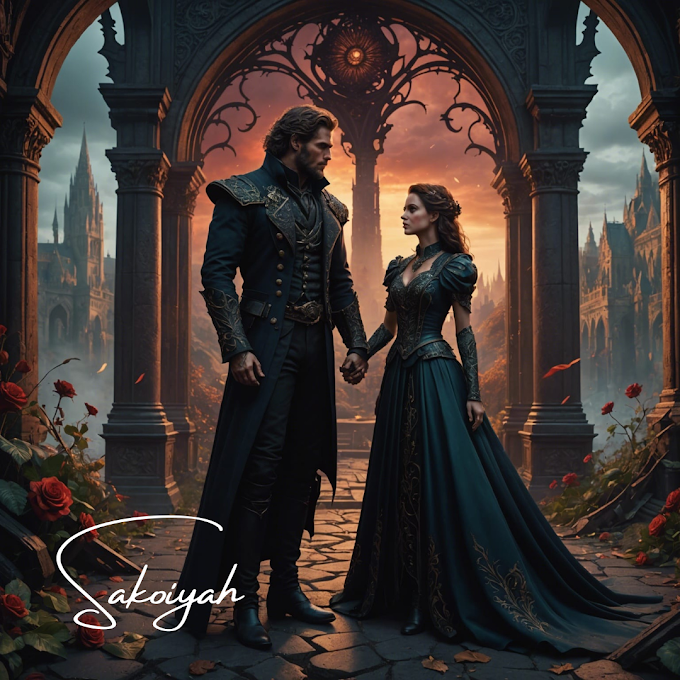This
Blog Post is about Flash Fiction, what it is, 6 Key Characteristics, and how it
differs from other stories, including examples and more.
This post is all about August Romance Writing Prompts.
Definition and Characteristics
Flash fiction is a style of
storytelling that captures the essence of a narrative in a highly brief form,
often less than 1,000 words. It is sometimes called micro-fiction, short-short
stories, or sudden fiction. The primary goal of flash fiction is to convey a
complete story with a beginning, middle, and end in a very concise manner.
Key Characteristics
01. Brevity: The most defining characteristic of flash fiction is its length. Stories typically range from 50 to 1,000 words. This brevity requires the writer to make every word count.
Differences from Other Short Stories
Flash fiction differs from other short
stories primarily in length and focus. While short stories can range from 1,000
to 20,000 words, flash fiction must be extremely concise, between 750-1500
words. This brevity often results in:
- Focused Themes: Flash fiction typically zeroes in on a
single theme or moment, while longer short stories can explore multiple
themes or complex plots.
- Minimalistic Style: Due to space constraints, the writing style
in flash fiction tends to be more minimalistic, often relying on
suggestion and implication rather than detailed exposition.
- Heightened Symbolism: With less room to elaborate, flash fiction
frequently uses symbols and metaphors to convey deeper meanings and
emotions.
Examples of Flash
Fiction
Here are a few examples of flash
fiction to illustrate the form:
Example 1: "For Sale: Baby Shoes, Never Worn" by Ernest Hemingway
This six-word story is perhaps the
most famous example of flash fiction. In just six words, Hemingway conveys a
deep sense of loss and sadness, leaving much to the reader's imagination.
Example 2: "Sticks" by George Saunders
In "Sticks," Saunders
tells the story of a man who decorates a pole in his yard for various holidays
and events. Saunders explores themes of family, memory, and loss through this
simple act in under 400 words.
Example 3: "Girl" by Jamaica Kincaid
"Girl" is a
single-sentence story that reads like a list of instructions from a mother to
her daughter. Kincaid captures the complexities of the mother-daughter
relationship and societal expectations in just a few hundred words.
Example 4: "The Egg" by Sherwood Anderson
Anderson uses a minimalistic style
in this story to tell a poignant tale of a father's ambitions and failures. The
brevity of the piece amplifies the emotional impact of the father's unrealized
dreams.
Tips for Writing Flash Fiction
Writing flash fiction requires a
unique set of skills and techniques. Here are seven tips to help you get
started:
Start in the Middle
Begin your story in the middle of the action! This technique immediately engages readers and saves valuable word count.Focus on One Moment
Concentrate on a moment, event, or emotion; you can create a more impactful story by narrowing your focus.Use Strong Imagery
With limited words, strong imagery can quickly convey information. Use vivid descriptions to paint a clear picture in the reader's mind.Show, Don't Tell
Use actions, dialogue, and sensory details to reveal character and plot. Avoid lengthy explanations and let the story unfold naturally.Be Concise
Every word in flash fiction must serve a purpose. Eliminate unnecessary words and focus on what's essential to the story.Imply More Than You Say
Suggest a larger story or deeper context through hints and implications. It helps to allow your readers to fill in the gaps with their imagination.Revise Ruthlessly
Editing is crucial in flash fiction. Be prepared to cut, rearrange, and refine your story multiple times to achieve the perfect balance of brevity and impact.
Books on Writing Flash Fiction
Flash Writing: How To Write, Revise, And Publish
Stories Less Than 1,000 Words Long
The World in a Flash: How to Write Flash-Fiction
Writing Flash
Fiction: How to Write Very Short Stories and Get Them Published
Final Thoughts
Flash fiction is a powerful and
challenging form of storytelling that requires precision, creativity, and
restraint. Authors can create stories that resonate deeply with readers by
focusing on brevity, strong imagery, and concise writing. Whether you're a
seasoned writer or a beginner, experimenting with flash fiction can hone your
skills and inspire new approaches to storytelling.
This Blog Post is about
Flash Fiction, what it is, 6 Key Characteristics, and how it differs from other
stories, including examples and more.
Other Posts You May Like:
- 5 Effective Tips for Creating Engaging Flash Fiction Chapters
- How to Structure Flash Fiction Chapters
- 10 Effective Tips for Developing Strong Romantic Plotlines
- 40 Dark Romance Story Ideas for Writers
- 40 Shocking Plot Twist Ideas for Dark Romance Writers


.png)
.png)




.png)



.png)

.png)




0 Comments